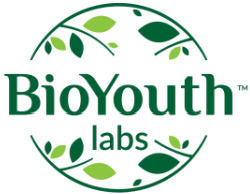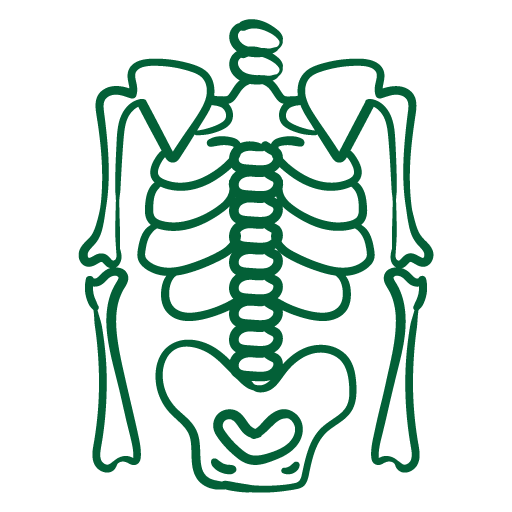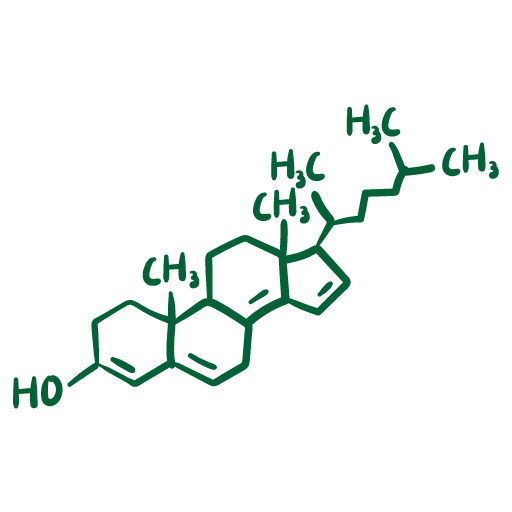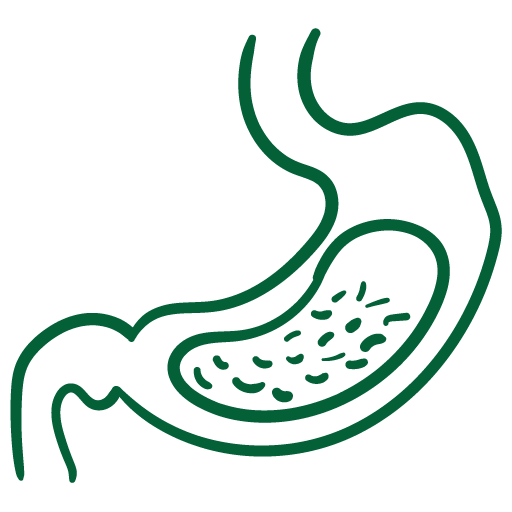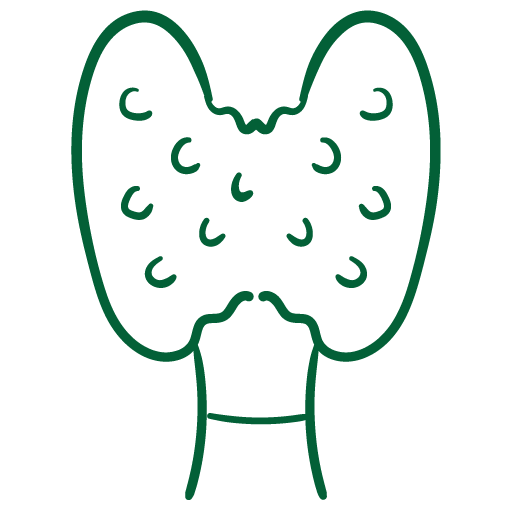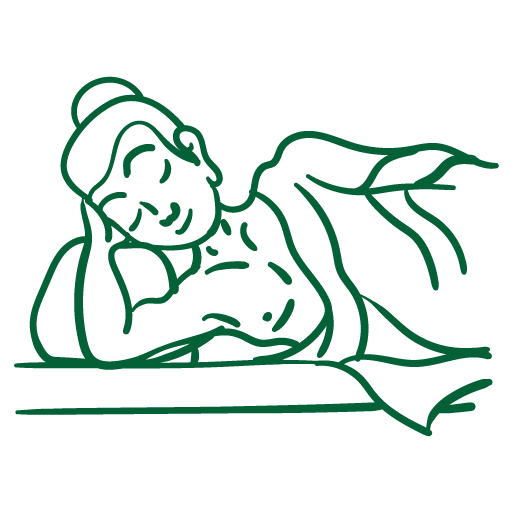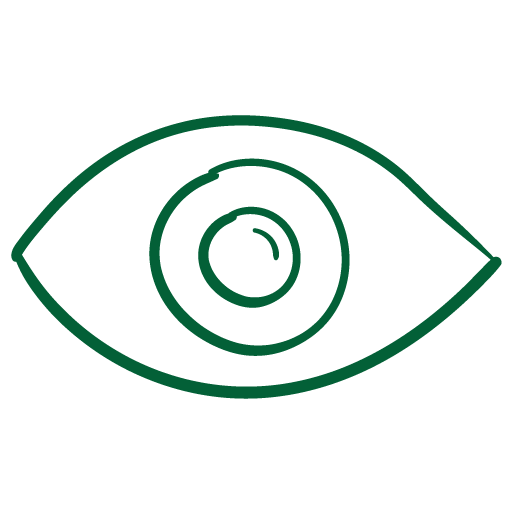You could be at your happiest and your eyes would still tear up, no they are not tears of happiness. This water in your eyes provides lubricant and moisture, which helps with the ability to see and in keeping the peepers plush.

The tears in our eyes are a mixture of:
- Water, to help with moisture
- Oils, as a lubricant
- Mucus, for the purpose of even spreading
- Proteins and antibodies to help prevent infection
These tears are released from tear glands, found at the inner and outer corners of your eyes. If you are experiencing dry eyes, this probably means that your eye’s tear system is not working properly.

Upon experiencing dry eyes and lack of moisture, you could be noticing:
- Sandy feeling in your eyes
- Feeling as if there is something in your eye at all times
- Redness
- Itching
- Sensitivity to light
- Blurry vision
However, this is not the case every time. Sometimes, people experience a lot of tears in dry eyes.
While this is a confusing condition, it is known as reflex tearing. The cause of this condition is the lack of moisture in your eyes causing an irk in your eyes.
This, in turn, sends a distressing signal to the nervous system for more lubrication. As a response to that, your body sends a ton of water to your eyes to try and make up for the dryness in your eyes.
Although, this is just the normal water of your body and not the mixed with antibodies and proteins tears of your eyes. The debris of your eyes can be washed away, but it can’t coat the surface of your eyes.
What cause dry eye
Sometimes, your tear-flow system can experience a lack of balance and this is what cause dry eye. Other than that, your tear film can dry out because of sitting in an air-conditioned or heated room as well. Other causes can be:
- The natural process of aging, especially menopause
- As a side effect to certain drugs, for example, antihistamines
- Body diseases that affect the ability to make tears, such as collagen vascular diseases, Sjogren’s syndrome, and rheumatoid arthritis
- Or body causes that do let your eyelids close properly
How to treat dry eyes:
While there are a number of options to treat dry eyes, the best approach is to consult your eye doctor for better advice. Some of the treatments are:
- Ointments and artificial teardrop: This is considered to be the best, and common treatment. While there are a number of teardrops available in the market, not every product will work for you. The best option is to try a few and figure out which one works the best for you.
- Temporary punctual occlusion: If you consult your eye doctor, he/she is most likely to choose to close the duct, or punctum that releases tears from your eyes. Your doctor will know better what plug to use, permanent or a temporary one.
- Nondissolving punctual occlusion and punctual plugs by cautery (implementation of heat on the tear exit duct): If the temporary plug seems to work for your eye, your doctor will opt to put in a permanent or a longer-lasting plug. Or she/he can also choose to do a procedure known as cautery.
- Lipiflow: The cause of your dry eye could be a lack of testosterone in your eyelids. To cure that, your doctor can give you a cream to apply on your eyelids, on the oil glands, to help them work better.
